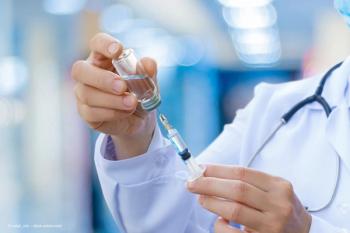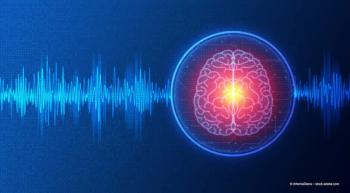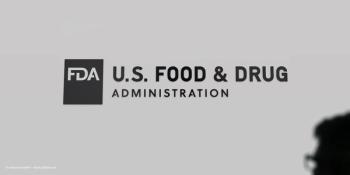
What you missed at AAO 2024: ABBV-RGX-314 for wet AMD
Arshad Khanani, MD, MA, FASRS, presented positive data from the phase 2 fellow eye sub-study evaluating the subretinal delivery of ABBV-RGX-314.
Arshad Khanani, MD, MA, FASRS, Director of Clinical Research at Sierra Eye Associates, Reno, NV, presented positive data from the phase 2 fellow eye sub-study evaluating the subretinal delivery of ABBV-RGX-314 in patients with bilateral wet age-related macular degeneration (wet AMD) at the 2024 American Academy of Ophthalmology (AAO) meeting.
Khanani gave his thoughts on this trial and its results in the press release1 from REGENXBIO Inc. He said, "The majority of our patients with wet AMD eventually have bilateral disease and face a substantial treatment burden with frequent lifelong injections in both eyes. This leads to suboptimal real-world vision outcomes with current standard of care. The fellow eye dosing data with ABBV-RGX-314 is a milestone for the field of gene therapy for common retinal diseases, as this is the first time we have performed bilateral treatment for wet AMD patients. These results, combined with the durable treatment effect up to four years shown in long-term follow up, highlight the potential of ABBV-RGX-314 as a one-time effective treatment option for patients with wet AMD."
Data and safety
According to the company, the fellow eye sub-study was designed to evaluate the safety and efficacy of a single dose of ABBV-RGX-314 using subretinal delivery in the fellow eye of previously treated patients. The second eye was treated with ABBV-RGX-314 approximately 1 year or more after administration of ABBV-RGX-314 in the first eye. This dose is being evaluated in the ongoing pivotal trials of ABBV-RGX-314 and is similar to 1 of the doses evaluated in the phase 1/2a trial. This trial demonstrated durable treatment effect up to 4 years in a long-term follow up study.1
The fellow eye sub-study data at 9 months includes 9 patients who received ABBV-RGX-314 using subretinal delivery in the phase 1/2a trial or bridging studies and elected to receive treatment in their second eye. Prior to ABBV-RGX-314 administration, these patients had a high treatment burden in the fellow eye and had received an average of 9 anti-VEGF injections in the year prior to entering the study, including anti-VEGF injections intended to be longer-lasting treatments.1
At 9 months post-administration of ABBV-RGX-314, key findings from the Phase 2 fellow eye sub-study include:
- 97% reduction in annualized anti-VEGF treatment burden
- 100% of patients required either zero or one supplemental injection
- 78% of patients were completely injection-free1
Patients demonstrated sustained best-corrected visual acuity (BCVA) and central retinal thickness (CRT) at 9 months. ABBV-RGX-314 produced similar levels of aqueous protein in both treated eyes.1
The company shared that as of September 11, 2024, ABBV-RGX-314 was well-tolerated in the treated fellow eye with no drug related serious adverse events. No cases of intraocular inflammation, chorioretinitis, vasculitis, occlusion or hypotony were observed. No prophylactic steroids were used in this trial, other than those typically used in vitrectomy surgery. Common adverse events included mild retinal pigmentary changes occurring in periphery and post-operative conjunctival hemorrhage, which all resolved within days to weeks.1
Reference:
1. REGENXBIO Presents Positive Data from the Phase II Study of Subretinal ABBV-RGX-314 in Patients with Bilateral Wet AMD at AAO 2024. REGENXBIO Inc. October 21, 2024. Accessed November 21, 2024. https://ir.regenxbio.com/news-releases/news-release-details/regenxbio-presents-positive-data-phase-ii-study-subretinal-abbv
Newsletter
Keep your retina practice on the forefront—subscribe for expert analysis and emerging trends in retinal disease management.

















































